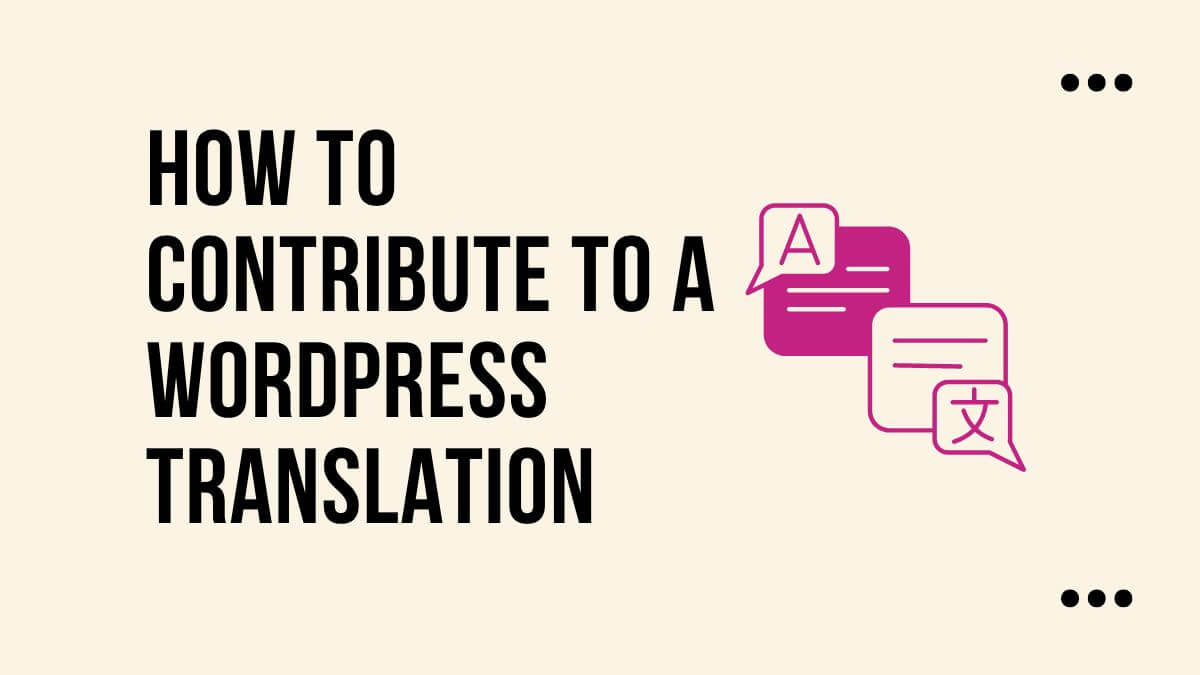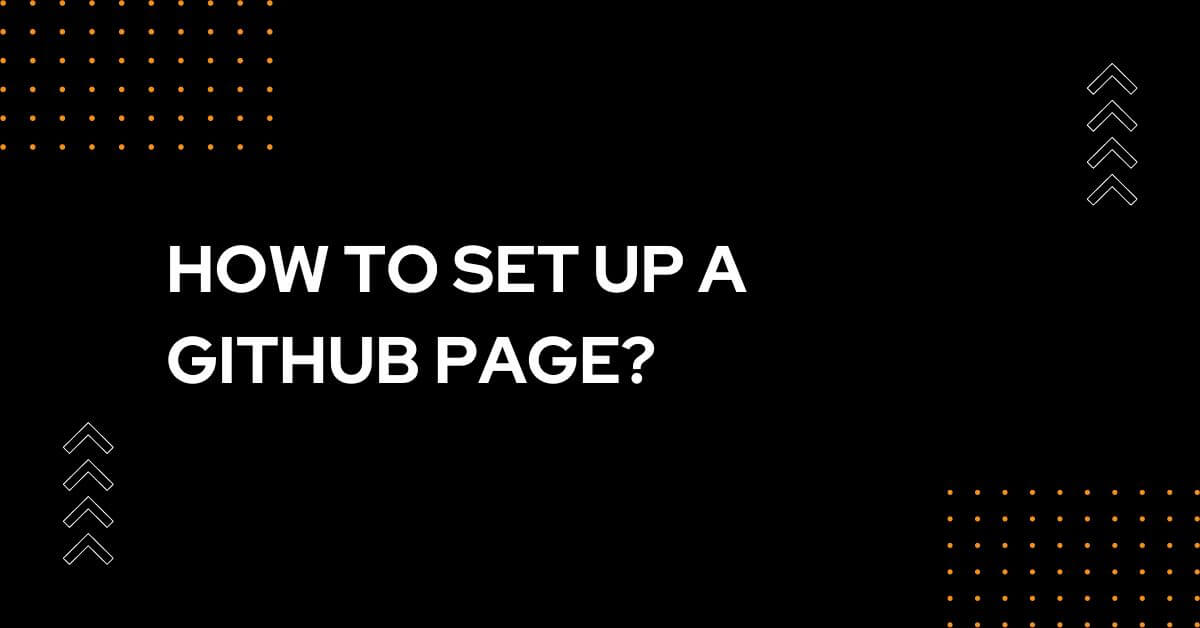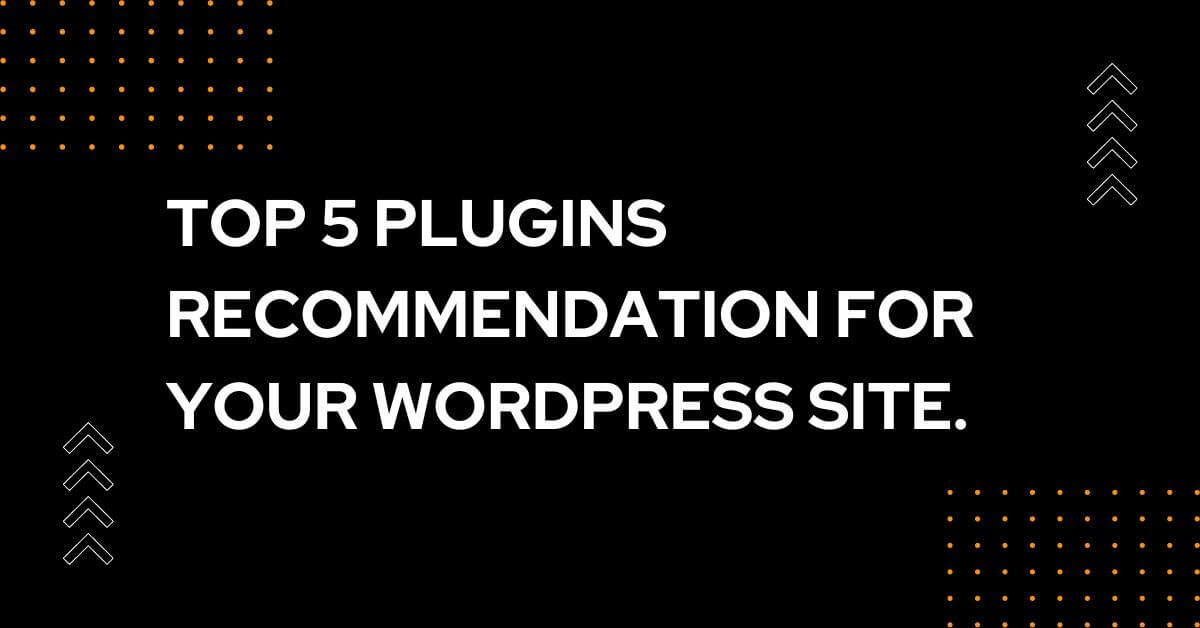WordPress has a vast variety of communities and they contribute to WordPress in many forms like core contribution, meta contribution, etc. Today we will see how to contribute to a WordPress Translation I’ve already created one article regarding how to contribute to a WordPress core if you would like to contribute in core. WordPress has… Continue reading How to contribute to a WordPress Translation
Author: BlogEx
GraphQL and REST API – Understanding The Advantageous Differences
Introduction GraphQL is a query language and runtime designed to provide an efficient, powerful, and flexible API layer for applications. It simplifies data fetching by allowing client applications to define the shape of their data needs in a single request. GraphQL also provides a comprehensive set of tools that enable developers to build robust APIs… Continue reading GraphQL and REST API – Understanding The Advantageous Differences
How to set up a GitHub page?
If you want to create your site on GitHub with your custom HTML code, then you can do it easily with GitHub page functionality. Let’s discuss how to set up a GitHub page. The GitHub page will host your site with username.github.io URL. That will be super fast as it is hosted on GitHub and… Continue reading How to set up a GitHub page?
How to set up PHPCS?
PHPCS stands for PHP_CodeSniffer. It is used to check and detect PHP coding standards. Let’s discuss how to set up PHPCS. It included two main scripts phpcs and phpcbf. Among them phpcs checks standards of PHP, CSS and JavaScript files and will show the appropriate errors with some helpful context. And phpcbf automatically corrects the… Continue reading How to set up PHPCS?
GraphQL: The Revolutionary API for Modern Web Development
Introduction GraphQL is a query language for APIs and a runtime for fulfilling those queries with your existing data. It gives users the ability to ask for exactly what they need, as opposed to having to make multiple requests or receive more data than necessary through traditional REST APIs. GraphQL also makes it easier and… Continue reading GraphQL: The Revolutionary API for Modern Web Development
Top 5 plugins recommendation for your WordPress site
Today WordPress has become a very popular CMS. It holds 43% of websites on the globe. Because of the great community of WordPress and its requirements, it is very easy to use, and also mostly bloggers use WordPress for their Blog websites. Let’s discuss the Top 5 plugins recommendation for your WordPress site. 1. SEO… Continue reading Top 5 plugins recommendation for your WordPress site
The Rise of JAMstack: The New Future of Web Development
Introduction The JAMstack is a modern web development architecture that has become increasingly popular in recent years. It stands for JavaScript, APIs, and Markup. This technology stack allows developers to build fast and secure websites without the need for complicated server-side logic or databases. The main benefits of using the JAMstack include faster performance, increased… Continue reading The Rise of JAMstack: The New Future of Web Development
How to make your WordPress site fast and secure?
WordPress is among the best CMS and it holds 43% of websites. It is important to secure your WordPress site, however, if you are using it as a Blog site or Small to Medium level projects. Let’s how to make your WordPress site fast and secure? 1. Choose a very good hosting provider for your… Continue reading How to make your WordPress site fast and secure?
Roadmap to Become a good frontend Developer 2024
As a frontend developer, there are a variety of skills and technologies you’ll need to master in order to be successful. Here’s a rough roadmap for frontend development: Here we share with you some glimpses of starting the frontend developer career with the below skills. Quick Details HTML: Learn how to create semantically correct markup… Continue reading Roadmap to Become a good frontend Developer 2024
The Future of Blockchain: Exploring the Potential Applications Beyond Cryptocurrency
Introduction Blockchain is a type of distributed ledger system that stores data and information in an immutable way. It is used to securely store records with no central authority or third-party involved, instead relying on computers running the blockchain software to validate transactions between users. By using cryptography, it allows for the secure transfer of… Continue reading The Future of Blockchain: Exploring the Potential Applications Beyond Cryptocurrency










